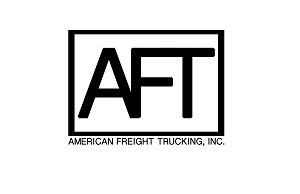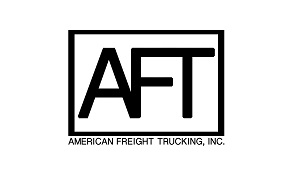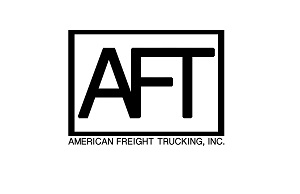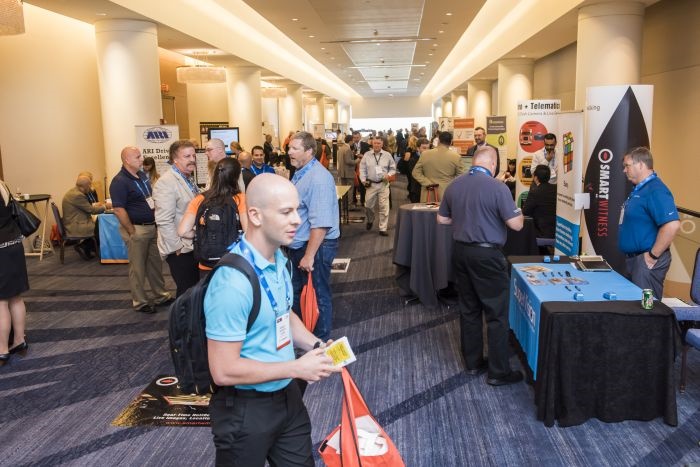The dry policy statements that the Democratic and Republican parties nail together every four years as platforms for their presidential candidates to run on may resonate little to any voter who is not among the party faithful or a poli-sci junkie.
Yet even at their ricketiest, platforms spell out what each party aims to do if they manage to win the White House. That's why what's buried in the text will matter to issues-driven voters before the election as well as to lobbyists over the four years that follow.
The text of each party's 2016 platform runs for about 50 pages and each devotes just about 200 words to issues directly related to transportation. Perhaps unsurprisingly, the positions presented are largely mirror images; that is to say, they are direct opposites.
Here, slightly boiled down, are the main points made by each party regarding transportation policy:
Republican Platform
- The GOP proposes removing from the Highway Trust Fund “programs that should not be the business of the federal government.” The party argues that more than a quarter of the Fund's spending is diverted from its original purpose, including for such projects as “bike-share programs, sidewalks, recreational trails, landscaping, and historical renovations.”
- The GOP also want to “phase out” the federal transit program and reform provisions of the National Environmental Policy Act that “can delay and drive up costs for transportation projects.” The party also wants the Davis-Bacon Act repealed, because it “limits employment and drives up construction and maintenance costs for the benefit of unions.”
- The GOP states that it recognizes that “over time” additional revenue will be needed “to expand the carrying capacity of roads and bridges.” To pay for those improvements, it would “remove legal roadblocks to public-private partnership agreements that can save the taxpayers' money and bring outside investment to meet a community's needs.” Noting that “most of the states” are increasing their own funding for transportation, the party says it opposes further increasing the “federal gas tax.”
Democratic Platform
- The Democrats propose “transforming” transportation by “reducing oil consumption through cleaner fuels, vehicle electrification, increasing the fuel efficiency of cars, boilers, ships, and trucks.” The party says it will “make new investments in public transportation and build bicycle and pedestrian infrastructure across our urban and suburban areas.”
- The Democrats also want to eliminate “special tax breaks and subsidies for fossil fuel companies as well as defending and extending tax incentives for energy efficiency and clean energy.” In addition, the party holds that “carbon dioxide, methane, and other greenhouse gases should be priced to reflect their negative externalities, and to accelerate the transition to a clean energy economy.”
- The Democrats contend that “climate change is too important to wait for climate deniers and defeatists in Congress to start listening to science, and support using every tool available to reduce emissions now.” Therefore, the party wants to “defend, implement, and extend” what it calls “smart pollution and efficiency standards,” including fuel-economy standards for automobiles and heavy-duty vehicles. The Democrats add that the party is “committed to expanding clean energy research and development.”
Politics is about power and that makes it nothing if not complicated. Political scientist L. Sandy Maisel contends in a Political Science Quarterly article he penned that it's expected that the winning candidate, once in office, will “attempt to implement” their platform and that the Members of Congress in his or her party will support major planks of the platform.
His piece, "The Platform-Writing Process: Candidate-Centered Platforms in 1992," posits that in the Clinton vs. Bush contest, the gulf between the Republican and Democratic platforms was so wide that “the electorate had to take notice” of the differing policy positions.
“In the broadest terms, you can tell what will happen after an election by examining what the platforms say before the election,” Maisel writes. On the other hand, he duly points out that some political scientists regard past performance as a “much more rational way” to perceive how a candidate will act if elected.
In 2016, one could argue that both supporters and opponents of Democratic nominee Hillary Clinton might at least agree that her lengthy political track record points to how she would govern. Those on both sides might also concede that when it comes to how Republican nominee Donald Trump would govern, they can only go by what he has said since launching his campaign.
That being said, while running for the Democratic nomination, Clinton proposed a five-year, $275-billion across-the-board infrastructure plan, the details of which still reside on her campaign website. She would “fully pay” for these investments through “business tax reform.”
Of these funds, Clinton would allocate $250 billion to direct public investment and the other $25 billion to a “national infrastructure bank. ”That bank would leverage its $25 billion in funds to support up to an additional $225 billion in direct loans, loan guarantees, and other forms of credit enhancement. According to the Clinton campaign, this approach would “in total result in up to $500 billion in federally supported investment.” The bank would also “administer part of a renewed and expanded ‘Build American Bonds' program.” It would also seek “to work with partners in the private sector” to invest in infrastructure.
Specifics of the plan include “making investments in ports, airports, roads, and waterways to address the key chokepoints for the movement of goods in our economy” and providing “smart, targeted, and coordinated investments to increase capacity, improve road quality, and reduce congestion.”
It should be noted that, as presented online, the Clinton plan does not elaborate on how much would be spent on roads and bridges, or anything else from airports to public transit.
On the other hand, transportation is not listed among the policy issues highlighted on the Trump campaign website. However, the nominee did weigh in on the nation's infrastructure woes during his July 21 acceptance speech at the Republican National Convention.
"Our roads and bridges are falling apart,” Trump remarked. “Our airports are in Third World condition.” He later said that thanks to his “new economic policies, trillions and trillions of dollars will start flowing into our country” and that this “new wealth” will pay for building “the roads, highways, bridges, tunnels, airports, and the railways of tomorrow.”
Follow @HDTrucking on Twitter









